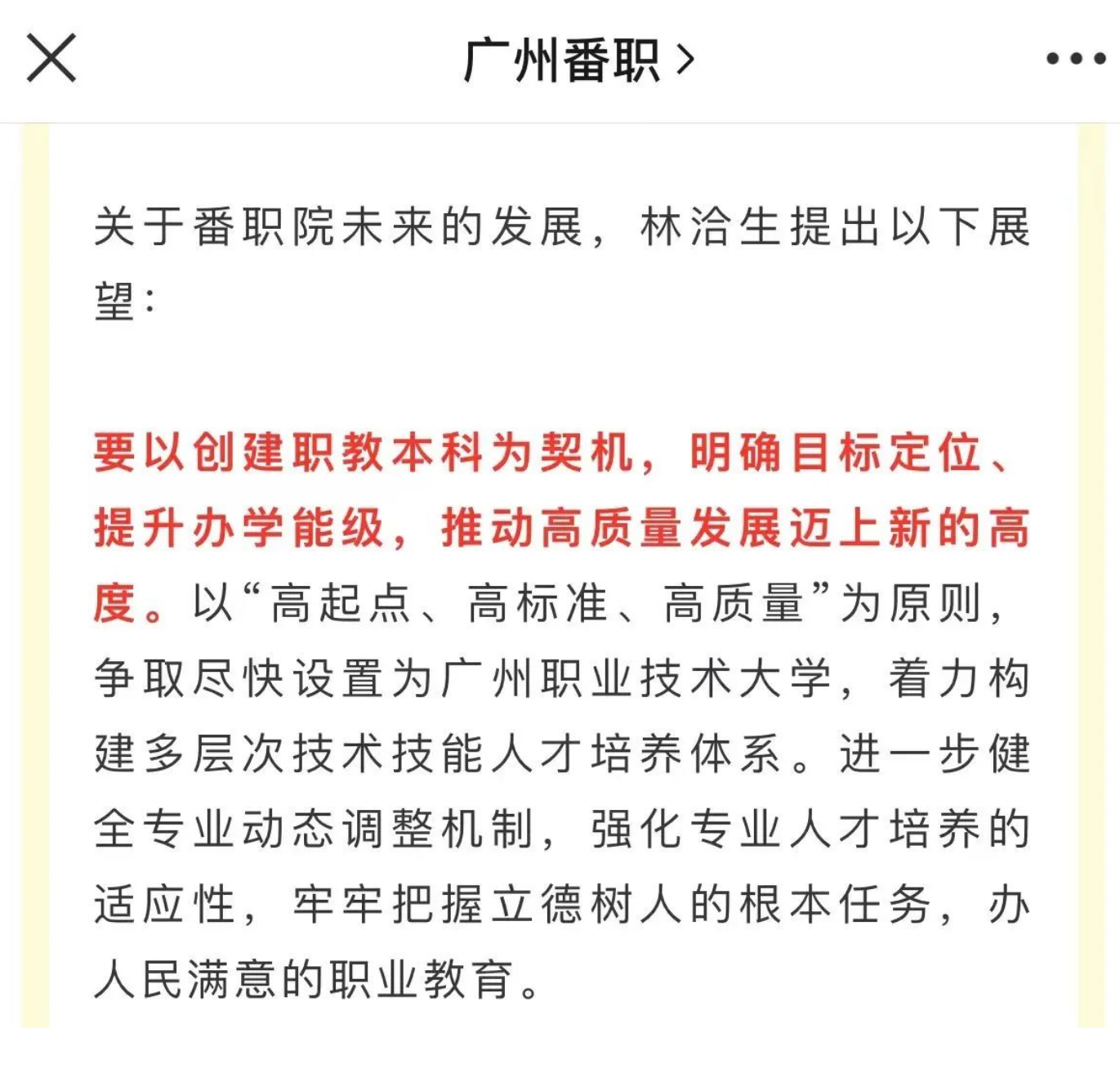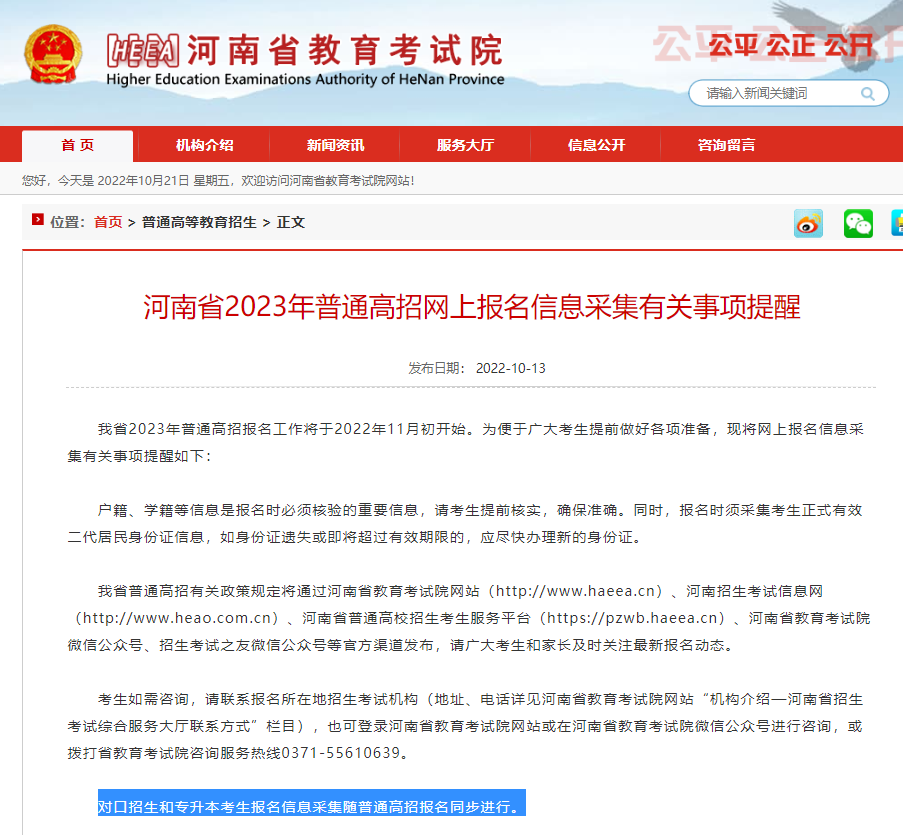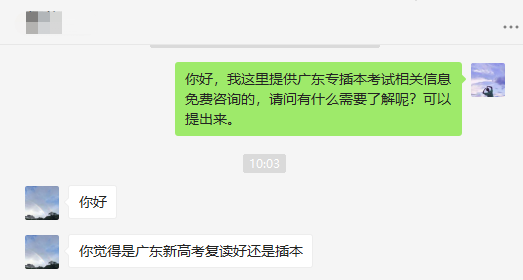广东专插本英语专攻阅读理解题!下面告诉你答题技巧
之前有插本同学问,基础不好,短时间怎么把分数提上去?
综合来看,“阅读理解”是最好提分的一个题型。“阅读理解”是很多省份英语考试中的必考题型,也是丢分最多的题型。
可能会有同学说,一篇阅读五个选项,我能对 2 个就不错了,基本都是连蒙带猜,怎么提高正确率??
准备参加普通专升本考试的同学看过来啦,今天给大家带来了“阅读理解”的详细答题技巧,期待大家用起来,考试少丢分、多得分!
阅读理解丢分原因
②答题无章法、无技巧,造成前面耗时过多,后面为了追速度,草草阅读,出错率高。
这类题在设题时常会用到 title, subject, main idea, topic, theme等词。
特点:短小精悍,一般多为一个短语;涵盖性强,一般能覆盖全文意思;精确性强,表达范围要恰当,不能随意改变语意程度或色彩。常见命题形式有:
1.What’s the best title for the text?
2.The best title for this passage is ___.
3.Which of the following can be the best title for the passage?
包括寻找段落大意(topic)和文章中心思想(main idea),常见命题形式有:
1.What is the general/main idea of the passage?
2.Which of the following expresses the main idea?
3.What is the subject discussed in the text?
4.The writer of the story wants to tell us that_____.
5.The passage/ text is mainly about_____.
6.What’s the article mainly about ?
阅读理解文章多是议论文和说明文,这两种文体的结构可归纳为:提出问题——论述问题——得出结论或者阐明观点。对于这类文章,抓主题句是快速掌握文章大意的主要方法。主题句一般出现在文章的开头或结尾。主题句具有简洁性、概括性的特点。
考查内容主要涉及时间、地点、人物、事件、原因、结果、数字等议论文中例证细节和定义类细节。这类题目的共同特点是:答案一般都能在文章中找到。
分为直接理解题和间接理解题,前者常用who, what, which, when, where, why和how提问,或判断正误;后者需与原文信息转换,表达上与原文有差异。常见命题形式有:
1.What can we learn from the passage?
2.All the following are mentioned except?
3.Which of the following is mentioned (not mentioned)?
4.Which of the following statements is true/right/false/wrong about…?
2.排列顺序题→首尾定位法(找出第一个事件和最后一个事件,用排除法缩小范围)
常出现在记叙文和说明文中,一般按事件发生的顺序。常见命题形式有:
1.Which of the following is the correct order of…?
2.Which of the following shows the path of signals described in Paragraph…?
4. 数字计算题→(方法:审题→带着问题找细节→对比、分析、计算)
主要考查学生对文章中隐含或深层的含意的理解能力。它要求考生根据文章内容做出合乎逻辑的推断,包括考生对作者观点的理解,态度的判断,对修辞、语气、隐含意思等的理解。
题干关键词:infer(推断),indicate(象征,暗示), imply/suggest(暗示), conclude(作出结论), assume(假定,设想)。
一般可根据短文提供的信息或借助生活常识进行推理判断,常见命题形式有:
1.It can be inferred/ concluded from the text that __________.
2.The author implies/ suggests that_____.
3.We may infer that _________.
4.Which of the following statements is implied but NOT stated?
根据语篇对文章接下来的内容或可能的结局进行猜测,常见命题形式有:
1.What do you think will happen if/when…?
2.At the end of this passage, the writer might continue to write_____
1.The passage is probably take out of_____
2.The passage would most likely be found in_____
3.Where does this text probably come from?
询问写作目的的题,选项里常出现的词是:explain(解释), prove (证明), persuade(劝说), advise(劝告), comment(评论), praise(赞扬), criticize(批评), entertain(娱乐), demonstrate(举例说明), argue(辩论), tell(讲述), analyze(分析)等。
询问语气态度的题,选项里常出现的词是:
neutral(中立的), sympathetic(同情的), satisfied(满意的), friendly(友好的), enthusiastic(热情的), subjective(主观的), objective(客观的), matter-of-fact(实事求是的), pessimistic(悲观的), optimistic(乐观的), critical(批评的), doubtful(怀疑的), hostile(敌对的),indifferent(冷淡的), disappointed(失望的)。
1.The purpose of the text is_____
2.What is the main purpose of the author writing the text? By mentioning…, the author aims to show that_____
3.What is the author’s attitude towards…?
4.What is the author’s opinion on…?
5.The author’s tone in this passage is _____.
推断题是考查学生透过文章表面的文字信息进行分析、综合、归纳等逻辑推理的能力。推理和判断必须以事实为依据,切莫主观臆断。
①那些文章中直接陈述的内容不能选,要选择根据文章推理出来的选项。
②推理不是凭空猜测,而是立足已知推断未知;作出正确答案时一定要在文中找到依据或理由。
③要忠实于原文,以文章提供的事实和线索为依据。不能以自己的观点代替作者的想法;不要脱离原文主观臆断。
词义猜测题
1.The underlined word/phrase in the second paragraph means _____.
2.The word “it/they” in the last sentence refers to______.
3.The word “…”(Line 6. para.2)probably means ______.
4.The word “…”(Line 6. para.2)could best be replaced by which of the following?
5.Which of the following is closest in meaning to the word “…”?
首先是找出生词与上下文之间的逻辑关系,然后才能猜词。有时文章借助关联词(如because,as,since,for,so,thus,as a result,of course等等)表示前因后果。
例如:You shouldn't have blamed him for that,for it wasn't his fault.通过for引出的句子所表示的原因(那不是他的错),可猜出blame的词义是”责备”。
通过同义词猜词,一是要看由and或or连接的同义词词组,如happy and gay,即使我们不认识gay这个词,也可以知道它是愉快的意思;
二是看在进一步解释的过程中使用的同义词,如Man has known something about the planets Venus,Mars,and Jupiter with the help of spaceships.此句中的Venus(金星)、Mars(火星)、Jupiter(木星)均为生词,但只要知道planets就可猜出这几个词都属于”行星”这一义域。
通过反义词猜词,一是看表转折关系的连词或副词,如but,while,however等;
二是看与not搭配的或表示否定意义的词语,如:He is so homely,not at all as handsome as his brother.根据not at all…handsome我们不难推测出homely的意思,即不英俊、不漂亮的意思。
根据前缀、后缀、复合、派生等构词知识判断生词词义。如:She is unlikely to have stolen the money. ( “un”含否定意义,故为“不太可能”之意。)
例如:But sometimes,no rain falls for a long,long time. Then there is a dry period,or drought. 从drought所在句子的上文我们得知很久不下雨,于是便有一段干旱的时期,即drought,由此可见drought意思为”久旱”,”旱灾”。而a dry period和drought是同义语。
这种同义或释义关系常由is,or,that is,in other words,be called或破折号等来表示。
Bananas,oranges,pineapples,coconuts and some other kind of fruit grow in warm areas.假如pineapples和coconuts是生词,我们可以从这两个词在句中所处的位置来判断它们大致的意思。
从句中不难看出pineapples,coconuts和bananas,oranges是同类关系,同属fruit类,因此它们是两样水果,准确地说,是菠萝和椰子。
转载需标注来源:插本指南jianxie520.cn
生成海报
广东·湛江
 攻略
攻略 考试大厅
考试大厅 资料
资料 问答
问答 打假避雷
打假避雷























请登录之后再进行评论